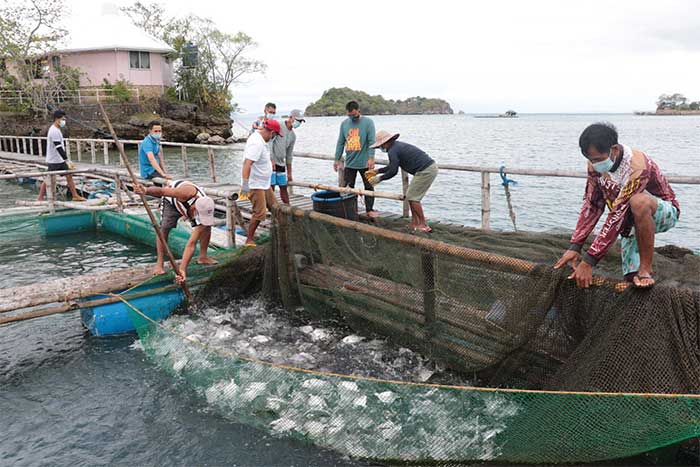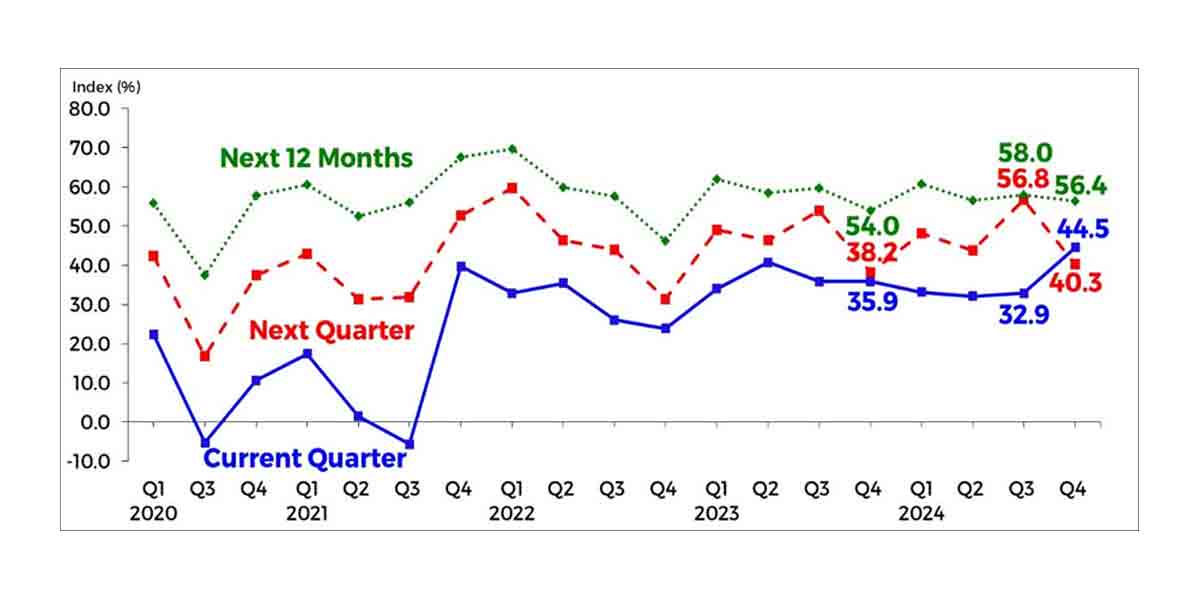
By Mariela Angella Oladive
Western Visayas reported a 3.1 percent decline in fisheries production In 2023 compared to the previous year, as per recent data from the Philippines Statistics Authority (PSA).
The region’s fisheries output totaled 325,011.2 metric tons, which is a decrease of about 10,317.2 metric tons from 2022.
“The drop was mainly due to decreases in all subsectors with the exception of aquaculture, which actually increased,” PSA 6 Chief Statistical Specialist Marlene Y. Alviar told Daily Guardian.
The commercial and municipal fisheries subsectors both saw negative growth rates.
“The reduction in these subsectors can be attributed to various factors, including fewer fishing trips by our fisherfolk, particularly during the second semester of 2023 when we had more typhoons compared to the same period in 2022,” Alviar elaborated.
Commercial fisheries, which account for 22.0 percent of the region’s total output, declined by 4.7 percent. This was due to decreases in Antique, Capiz, and Iloilo, although Negros Occidental and Aklan experienced increases. Notably, Guimaras does not have a commercial fishery landing center.
Municipal fisheries, contributing 29.8 percent to the region’s output, saw a slight decrease of 13.7 percent.
Breakdown of the municipal fisheries shows marine subsectors down by 13.5 percent and inland by 21.6 percent.
In marine municipal fisheries, Iloilo, Antique, Capiz, and Guimaras faced declines, while Negros Occidental and Aklan saw growth. For inland municipal fisheries, all provinces except Guimaras reported decreases.
“In comparison with the national average, commercial fisheries in the Philippines decreased by 4.9 percent, with Region 6 ranking as the third-highest producer. Similarly, the municipal subsector also saw a national decrease, placing our region as the fourth-highest contributor,” Alviar pointed out.
She expressed concerns over the dip in fishery production and its potential ripple effects on the economy, particularly the agriculture, forestry, and fisheries sectors.
“This decline could lead to reduced GDP contribution, lower incomes for fisherfolk due to less frequent trips, higher market prices for fish products, and implications for food security and trade balances,” Alviar said.
The decrease in fisheries yield also raises concerns about food security and accessibility.
“Additionally, the decrease may affect import and export, potentially impacting exports if production of certain fish varieties decreases,” she added.
“While the Department of Agriculture (DA) is implementing interventions to mitigate these effects, challenges remain, especially in marine fisheries where external factors like weather conditions play a significant role. The agricultural sector, making a relatively small contribution to the economy compared to service-driven sectors, also poses a challenge.”
In light of El Niño phenomenon’s continuing impact, authorities expect further declines but are hopeful that proactive measures will mitigate severe impacts.
On a positive note, aquaculture fisheries, representing 48.3 percent of the regional production, saw a 5.8 percent increase. Except for Aklan and Negros Occidental, all provinces in the region reported growth, with Antique contributing the most, followed by Capiz, Iloilo, and Guimaras.
“In the Aquaculture subsector, the Philippines experienced a modest growth of 1.48 percent. However, Region 6’s growth rate was higher at 5.8 percent, placing us sixth among the regions,” Alviar noted.
Despite the overall decrease in volume, the value of the region’s fisheries production edged up to P36 billion pesos, a slight 0.4 percent increase from 2022.
This uptick was largely driven by aquaculture’s 8.9 percent rise in production value, despite declines in the commercial and municipal fisheries’ values.
The municipal fisheries subsector held the largest share of the region’s production value at 40.1 percent, followed by aquaculture at 34.7 percent, and commercial fisheries at 25.2 percent.
Marine fisheries dominated the municipal sector, comprising 97.6 percent of its value, while inland municipal fisheries contributed the remaining 2.4 percent.





















